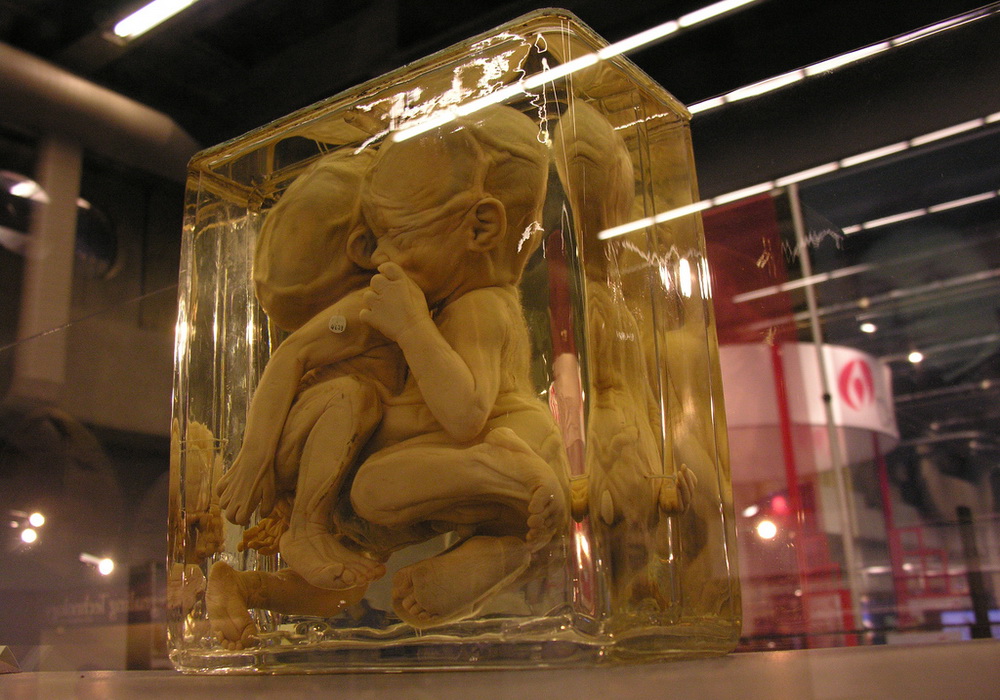
Parasitic Twin
Ordinarily, twins develop from the same fertilized egg, splitting apart shortly after it is implanted. In some cases, however, the embryos fail to separate, so that the tissues of one twin are encased by the other twin, which goes on to full development. A mass of fully functioning organs or skin and hair can live in side the dominant twin, only to be discovered later in life. The famous Laloo the Hindoo, who lived out his adult life in the 1800's a circus, had a twin with two arms, two legs, and a penis attached to his abdomen. In recent years, doctors have removed twins from the stomachs of baby boys in both China and Ecuador. Without removal of the parasitic twin (or even, in at least one case, triplet), the fully formed child's heart often cannot stand the strain.
- Important notification about information and brand names used in this slideshow!
- Photo courtesy of Ed Uthman by Flickr : www.flickr.com/photos/euthman/270606087/
- Abi Nader Khalil, Whitten Sara Melissa, Filippi Elisa, Scott Rose-Mary, Jauniaux Eric. Dichorionic triamniotic triplet pregnancy complicated by acardius acormus. Fetal Diagnosis and Therapy 2009. 26(1):45-9.
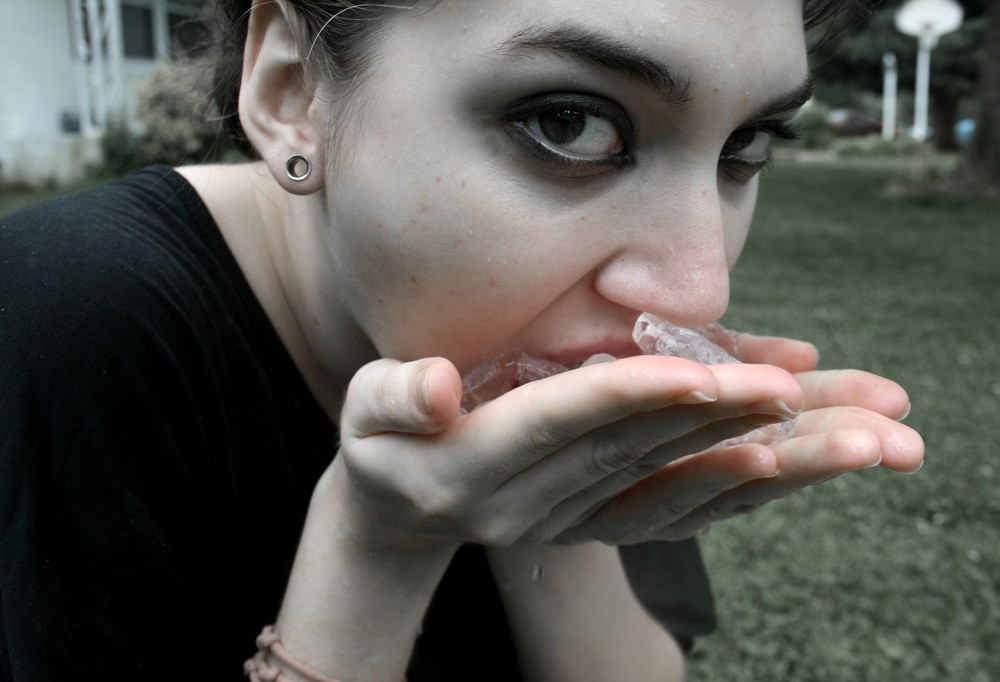
Pica
Pica is the consumption of non-nutritive substances. More common in children but also occurring in adults, pica may compel people who have it to eat animal droppings, sand, cloth, foam rubber, pebbles, cigarette butts, dirt, hardware, light bulbs, cement, and ice cubes. Eating these non-foods may do severe damage to the teeth. It can clog the lower digestive tract. And it can result in parasitic infections, particularly in those who eat dirt and manure. In some cultures, eating ice cubes (which cause no problems other than with the enamel of the teeth), starch (which is not digestible) and clay are socially acceptable. It is even possible to purchase soil for human consumption in central Africa. Geophagia, or eating soil, is most common in people who also have deficiencies of iron, copper, zinc, potassium, and magnesium. In some cases, pica is caused by the lack of an intellectual ability to recognize edible food, and in others, the condition is a manifestation of emotional stress. Children may learn pica by watching others.
- Important notification about information and brand names used in this slideshow!
- Photo courtesy of hunnnterrr by Flickr : www.flickr.com/photos/hunter-m/3561123295
- Young SL, Wilson MJ, Miller D, Hillier S. Toward a comprehensive approach to the collection and analysis of pica substances, with emphasis on geophagic materials. PLoS ONE. Sep 5 2008. 3(9):e3147.

Cotard Delusion
First noted by doctors in the 1700's, the Cotard delusion, also known as Cotard syndrome or walking dead syndrome, is a psychiatric condition in which sufferers believe they have died. In the very first recorded case, English physician Charles Bonnett treated a woman who felt a draft, and then for four days demanded that her daughters wrap her in a shroud. When her daughters finally gave in and wrapped her in a shroud and gave her a wake, she continued to complain about the shroud's color. Eventually Dr. Bonnet was able to break the delusion by giving the woman opium, but it returned every few months. Many who have this condition spend their time in cemeteries, or ask their relatives to put them in caskets, or complain to their doctors that they do not have inner organs or brains and their flesh is putrefying. Most commonly occurring after trauma, people who suffer Cotard delusion can be treated as in-patients in psychiatric hospitals, although recovery typically takes months.
- Important notification about information and brand names used in this slideshow!
- Photo courtesy of hunnnterrr by Flickr : www.flickr.com/photos/hunter-m/3562011014/
- Young, A. W., Robertson, I. H., Hellawell, D. J., de, P. K. W., & Pentland, B. (January 01, 1992). Cotard delusion after brain injury. Psychological Medicine, 22. 3, 799-804.

Body Integrity Identity Disorder
Some people imagine they would be happier with only one arm, even though they have two. Or they imagine that they would be happier if they had only one leg, even though they have two. Body integrity identity disorder is a bizarre psychological condition in which people become convinced that parts of their bodies don't belong there—even in some cases their heads, which begs the question of how they would know. In body integrity identity disorder, also known as amputee identity disorder or xemomelia, the person may be “turned on” sexually by amputees, and desire to to have an elective amputation to be sexually desirable to others. The most common request is to have a leg amputated above the knee, although some people who have this disorder may want to be blind or to have to use a wheelchair or braces.
- Important notification about information and brand names used in this slideshow!
- Photo courtesy of Bruce by Flickr : www.flickr.com/photos/superfantastic/1473351579/
- Large, M. M. (2007). Body identity disorder. Psychological medicine 37 (10): 1513
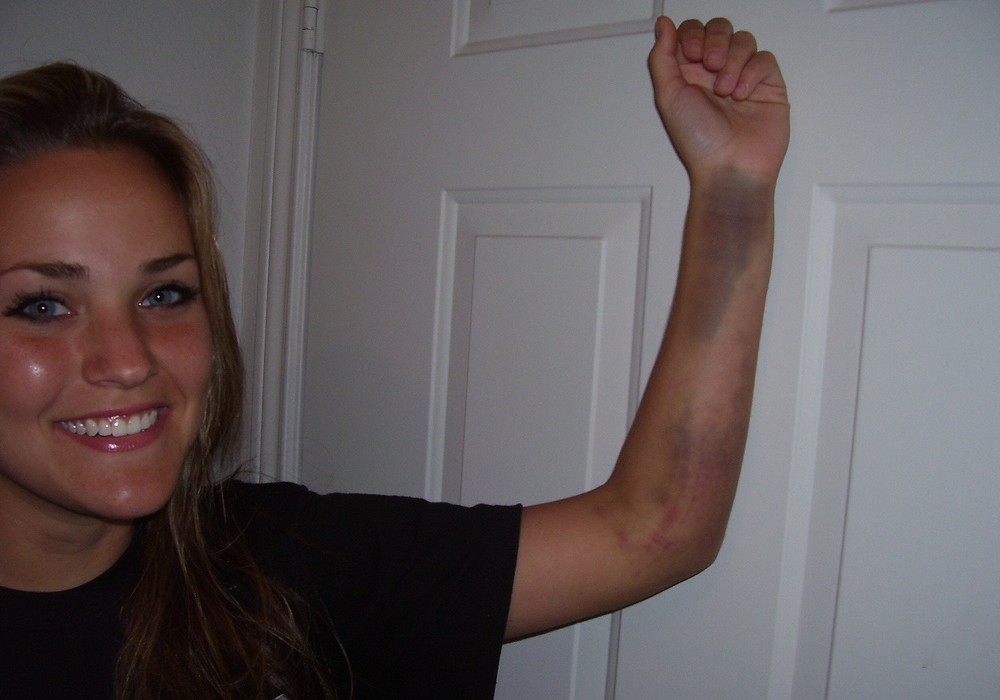
Congenital Insensitivity To Pain
Congenital insensitivity to pain, also known as congenital analgesia, is a condition in which pain simply does not register in the brain, even at birth. Congenital insensitivity to pain with anhidrosis (CIPA), also called hereditary sensory and autonomic neuropathy type IV, there is also no sensation of heat or cold, or the need to urinate. Newborns may break bones without feeling them. Toddlers may bite their tongues or damage their eyes when they don't feel foreign objects. And since infections and other diseases do not cause pain that is felt, treatment is often delayed until tissue damage is visually obvious. The causes of congenital insensitivity to pain are not well understood. The condition is probably multi-factorial. Sometimes it is treated with drugs that block endorphins in the brain, but medication does not reliably control the disease.
- Important notification about information and brand names used in this slideshow!
- Photo courtesy of Lcrward by Flickr : www.flickr.com/photos/lcrward/2662992536/
- Hornsby, J (6/4/1986). "
- Insensitivity to Pain, Congenital, with Anhidrosis
- CIPA"
- . Community outlook (National Center for Biotechnology Information): 189.

Mass Hysteria
From time to time throughout recent history, doctors have noted occasions in which dozens of people, most often teenaged girls, suffer the same emotion-driven symptoms, such as fainting, paranoia, or seizures. Historically, incidents of mass hysteria resulted in accusations of witchcraft against innocent people, such as the famous Salem witchcraft trials in Massachusetts in 1692. Mass hysteria no longer results in witchcraft trials or villagers storming castles, as in the fictional story of Dr. Frankenstein, but from to time they continue to be reported. In 1983 on the West Bank, 943 Palestinian girls and a small number of female Israeli Defense Force soldiers reported feeling nauseous before fainting. No physical cause for their condition was ever found. In 2006, over 300 Portuguese teenage girls watching the soap opera orangos com Açúcar (Strawberries with Sugar) developed the same symptoms as the main character on the show. And in 2012, nearly 2,000 students at 15 schools in Sri Lanka developed rashes, nausea, and vomiting, without any identifiable, physical cause.
- Important notification about information and brand names used in this slideshow!
- Photo courtesy of Gerry Lauzon by Flickr : www.flickr.com/photos/bikeman04/7231617574/
- Moss, P. D. and C. P. McEvedy. “An epidemic of overbreathing among schoolgirls.” British Medical Journal2(5525) (1966):1295–1300. Web. 17 Dec. 2009.

Trichotillomania
Just can't twirling your hair? And then you want to pull it out? And then you want to eat it? Your doctor might diagnose you with an unfortunate condition called trichotillomania, which causes hair loss, social distress, and infections of the scalp and other areas of skin from which the sufferer pulls hair. Typically, someone who has trichotillomania enjoys the sensation of relief after a hair has been pulled and finally comes out. Treatment is difficult and usually long-term. Trichotillomania is classified as an obsessive compulsive disorder, although it has some shared features with Tourette's syndrome and nail biting syndromes.
- Important notification about information and brand names used in this slideshow!
- Photo courtesy of Emergency Brake by Flickr : www.flickr.com/photos/evilerin/3078856253/
- Chamberlain SR, Menzies L, Sahakian BJ, Fineberg NA (April 2007). Lifting the veil on trichotillomania. Am J Psychiatry 164 (4): 568–74. doi:10.1176/appi.ajp.164.4.568. PMID 17403968.

Morgellon Disease
Imagine having the sensation, night and day, of creepy crawlies burrowing and biting beneath your skin. Imagine having a long, filament-like organism emerge from a wound. Then imagine being told by your doctor that your imagined the whole thing. That's the experience of people who have Morgellon's disease. Although there were actual observations of an organism, the worm-like creature that oozes out of wound, in the 1980's, there have been no other doctors to make similar case reports, and the condition is now often considered to be psychosomatic. If you think you have Morgellon's, the most important thing you can do to protect your health is to resist the urge to scratch, especially at night. Wear gloves!
- Important notification about information and brand names used in this slideshow!
- Photo courtesy of pstmn by Flickr : www.flickr.com/photos/post_man/5051732662/
- Schulte, Brigid (January 20, 2008). "
- Figments of the Imagination?"
- . Washington Post Magazine. pp. W10.

Multiple Personality Disorder
Multiple personality disorder, also known as dissociatve personality disorder, is a very rare psychiatric disorder in which two different personalities, which may or may not be aware of each other, compete for control of an individual. Most people who suffer the condition have experienced physical or sexual abuse, and almost all who have the condition have experienced some kind of extreme trauma. The primary personality, which has the person's given name, typically tends to be passive, moral, cooperative, and depressed, while the alter ego may be risk-taking, flamboyant, and relatively amoral. Treatment of the condition usually requires talk therapy or hypnotherapy. Drugs and surgery seldom help.
- Important notification about information and brand names used in this slideshow!
- Photo courtesy of Stuart Richards by Flickr : www.flickr.com/photos/left-hand/2071389865/
- Lynn, S. J.
- Lilienfeld, S. O.
- Merckelbach, H.
- Giesbrecht, T.
- Van Der Kloet, D. (2012). Dissociation and Dissociative Disorders: Challenging Conventional Wisdom. Current Directions in Psychological Science 21: 48–53

Maggot Infestation
Let's face it. Maggots are disgusting. We may be “hard wired” to experience disgust when we see wriggling fly larvae as a way to keep us from eating germ-filled, contaminated food. Although maggots are sometimes even used in medical treatment, to remove dead tissue from open wounds, involuntarily maggot infestations make almost all of us recoil. That is particularly true when these baby flies hatch in the mouth, in the eyes, or on a dead body. Maggot infestations are rare in North America and Europe, but sometimes the green blowfly lays its eggs in sores not covered by bandages or clothing. The condition most commonly occurs in conditions of extreme neglect in nurseries and old age homes and in neglected infants.
- Important notification about information and brand names used in this slideshow!
- Photo courtesy of Massimiliano Calamelli by Flickr : www.flickr.com/photos/mcalamelli/5092635605/
- Burns T, Breathnach S, Cox N, Griffiths C. Diseases caused by arthropods and other noxious animals. In:Rook's Textbook of Dermatology. Vol 2. 7th ed. Malden, MA: Blackwell Publishing
- 2004:33.8 - 11.



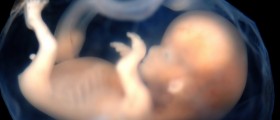




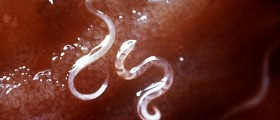

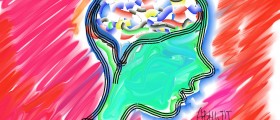
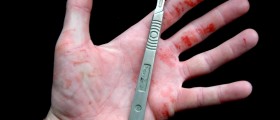

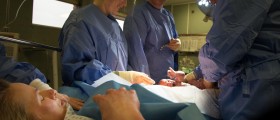







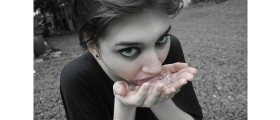



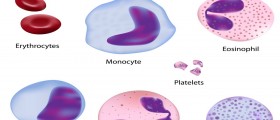
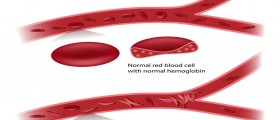
Your thoughts on this
Loading...